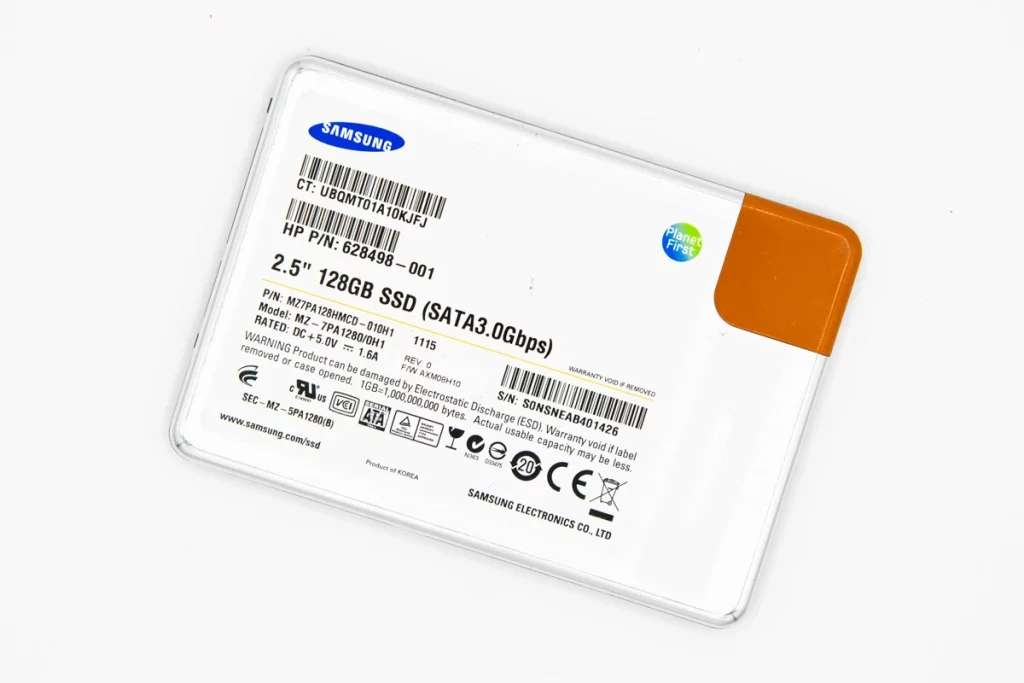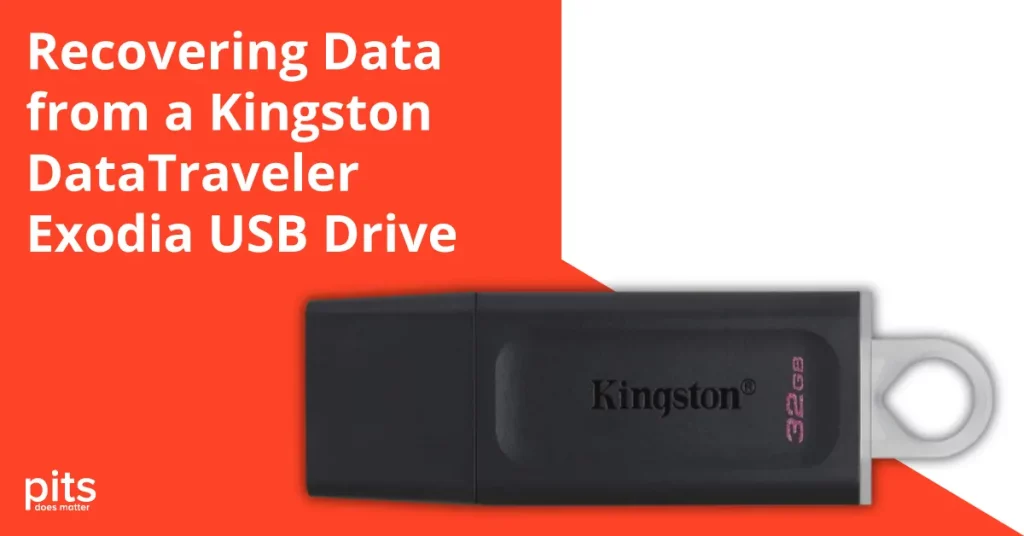Solid State Drives (SSDs) are known for their speed and reliability, making them a popular choice for storing critical data. However, they are not immune to malware attacks that can lead to data loss and corruption. If you suspect that your SSD has been damaged by malware, understanding the implications and knowing how to recover your data is essential. In this blog post, we’ll explore how malware can affect your SSD and provide steps for recovering your valuable data.
How Malware Affects SSDs
Malware, short for malicious software, can take various forms, including viruses, ransomware, spyware, and more. When it infects an SSD, it can lead to several issues:
-
File Corruption: Malware can corrupt files stored on the SSD, making them inaccessible or unusable.
-
Data Deletion: Certain types of malware, such as ransomware, can encrypt files or delete them altogether, leading to permanent data loss if not backed up.
-
System Instability: Malware can affect the operating system’s functionality, leading to crashes, slow performance, and boot failures.
-
Unauthorized Access: Some malware types can create backdoors that allow unauthorized access to your system, potentially compromising sensitive data.
Signs of Malware Infection
If you suspect that your SSD has been compromised by malware, look for the following signs:
- Unexpected Pop-ups or Ads: Frequent pop-ups, especially if they appear while using specific applications or when the browser is closed.
- Unusual File Behavior: Files disappearing, changing, or becoming inaccessible can indicate malware activity.
- Slow Performance: A significant slowdown in system performance or unusual delays in opening files can signal malware interference.
- Unrecognized Programs: Newly installed programs that you don’t remember installing could be a sign of malware.
Steps for Data Recovery from Malware-Damaged SSD
If your SSD is damaged by malware, it’s crucial to act quickly and follow these steps to recover your data:
1. Disconnect from the Internet
To prevent further damage and stop malware from spreading, immediately disconnect your SSD from the internet. This can help isolate the infection and prevent any unauthorized access to your data.
2. Backup Important Files
If the SSD is still accessible, back up your important files to another storage device. This is crucial, as it allows you to save your data before taking further recovery actions. Use an external hard drive or cloud storage for this purpose.
3. Scan for Malware
Use a reputable antivirus or anti-malware software to scan your SSD for infections. Make sure to:
- Update the software to the latest version to ensure it can detect the most recent threats.
- Perform a full system scan to identify and remove any malicious software.
4. Use Data Recovery Software
If malware has corrupted or deleted files, consider using data recovery software. Tools like Recuva, Disk Drill, or EaseUS Data Recovery Wizard can help recover lost data from an infected SSD. Follow the software instructions carefully, ensuring that you save recovered files to a different drive to avoid overwriting existing data.
5. Format the SSD (if necessary)
If the SSD remains heavily infected and you cannot recover data, formatting the drive may be necessary. Formatting will erase all data, including malware, but it should only be done after you have attempted data recovery and backed up essential files. After formatting, you can restore any recoverable data.
6. Seek Professional Data Recovery Services
If you’ve tried the above steps without success, or if the SSD is physically damaged or inaccessible, it’s time to contact a professional data recovery service. Experts can recover data from damaged drives and may have specialized tools to retrieve files that standard software cannot access.
Preventing Future Malware Infections
To minimize the risk of future malware infections, consider the following preventive measures:
-
Install Reliable Security Software: Use antivirus and anti-malware programs and keep them updated regularly to protect against threats.
-
Practice Safe Browsing Habits: Avoid clicking on suspicious links or downloading unknown software, especially from untrusted sources.
-
Keep Your System Updated: Regularly update your operating system and applications to ensure you have the latest security patches.
-
Use Firewalls: Enable firewalls to provide an additional layer of protection against unauthorized access and malware.
-
Backup Data Regularly: Maintain regular backups of important files to external drives or cloud services, ensuring that you can recover data in case of future infections or hardware failures.
Conclusion
Recovering data from an SSD damaged by malware can be challenging, but with the right steps and precautions, it is possible to retrieve your valuable files. Always act quickly to minimize the risk of further damage, and don’t hesitate to seek professional help if necessary. By following best practices for data protection and security, you can reduce the likelihood of future malware infections and safeguard your data effectively. If you need assistance with data recovery from a malware-damaged SSD, contact our team of experts today for reliable support.


